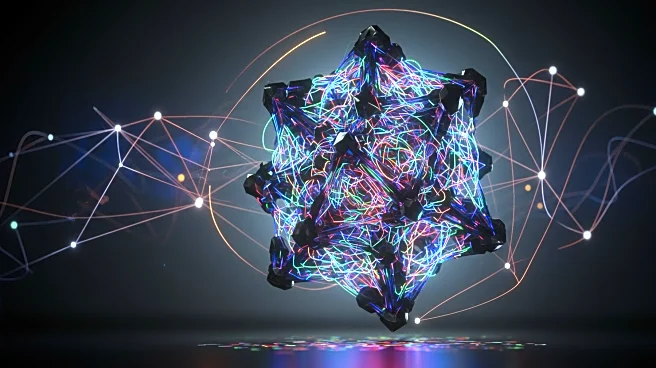Rapid Read • 6 min read
Physicists have successfully superheated gold to over 19,000 Kelvin, far exceeding its melting point, without losing its solid structure. This groundbreaking experiment, conducted at Stanford University's SLAC National Accelerator Laboratory, challenges the long-held entropy catastrophe theory, which posits that solids cannot remain stable above three times their melting temperature. The research, led by Thomas White from the University of Nevada, Reno, utilized a powerful laser to heat gold rapidly, suggesting that the limit of superheating solids may be higher than previously thought. The study opens new avenues in high energy density physics, with implications for planetary physics and fusion energy research.
AD
This discovery has significant implications for the field of high energy density physics, potentially transforming our understanding of material stability under extreme conditions. The ability to superheat materials without them losing their structure could lead to advancements in fusion energy research, offering new methods for temperature diagnostics in high-energy environments. The research, supported by the National Nuclear Security Administration, highlights the potential for future innovations in nuclear security and material science, benefiting industries reliant on high-temperature processes.
The research team plans to continue their experiments at the Linac Coherent Light Source, focusing on measuring temperatures inside hot compressed iron to gain insights into planetary interiors. These ongoing studies could further refine our understanding of material behavior under extreme conditions, potentially influencing future applications in energy and planetary science.
AD
More Stories You Might Enjoy











